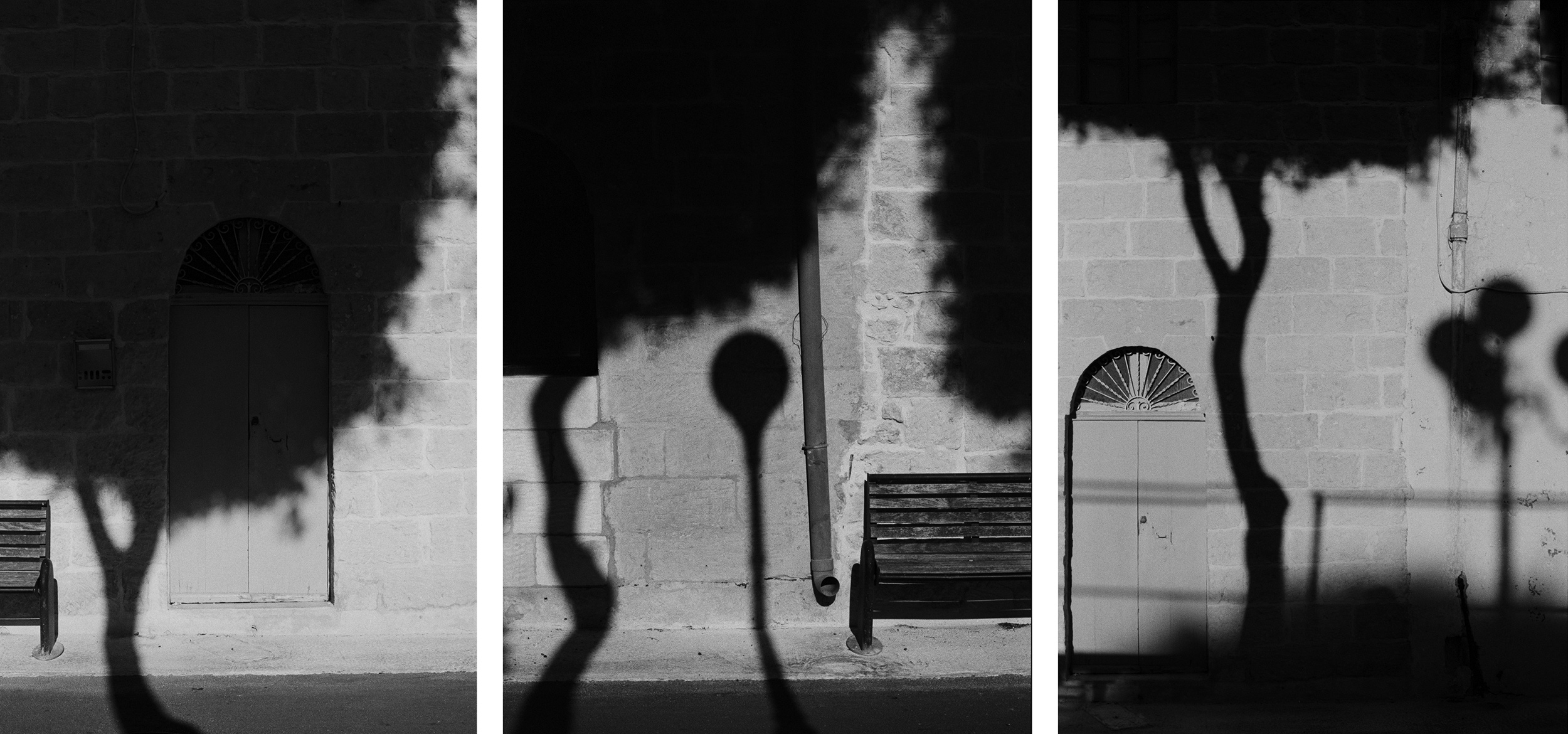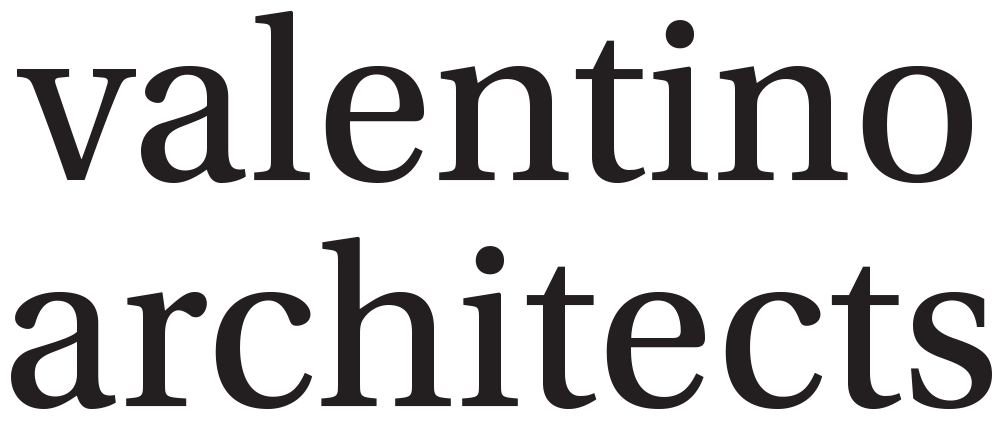
Daniela Valentino joined Valentino Architects in 2016 and has worked on a number of the studio’s prominent projects including the Sayonara Guesthouse and Kalkara Residences. Daniela is also a photographer whose work is featured by ARTZID and Mutual Art. In an interview with Lovin Malta, she describes using film photography as a tool for capturing quiet urban moments and a means to “elevate the mundane”.
Daniela Valentino is an architect by profession and a photographer by volition. Her deep connection to the islands’ history, culture and architecture is what underpins her imagery – a body of work defined by light, shadow, unexpected composition, and even less obvious subject-matter.
Valentino describes herself as lover of the sea and worshipper of the sun. Born and bred in Malta, her connection to the islands’ urban texture, nature and elements is unmistakable and unshakable. In her day job, she works with prominent local architecture studio, Valentino Architects. Her passion for both architecture and photography culminates in her restrained, unconventional images. She is clearly a lover of form, but resists the slavish submission to perfection that consumes many an architectural photographer.
“When I look back at my childhood I can remember quite clearly being aware of space and my surroundings,” she tells Lovin Malta. “I’ve always owned some sort of camera. Architecture, drawing and photography have accompanied me my whole life, and constitute a lot of who I am”. Aside from her ability to capture evasive moments of changing light, and a textural representation of climate and materials, Valentino’s eye is typically drawn to moments she describes as ‘unseen’.
“Many people ask me what I like to photograph, and my answer would be, everything and nothing all at once,” she explains. “My aim is to elevate the mundane, to see something conventionally unattractive from an alternative point of view, and portray it in such a way that it appears beautiful.”
“I’m attracted to the fleeting moment, things that exist momentarily and then are gone. It perhaps can be described as a kind of impressionist point of view, and a way of thinking which exalts the present moment, rather than the future, or the past”.
Valentino’s stylistic influences are varied. She cites the few months she spent living in Japan as having a great impact on the way she now perceives and consumes the world around her. She believes Instagram to be a vital tool for photographers around the world to learn from each other, and to harness their own set of aesthetic preferences.
“There are many photographers whose work I enjoy, both locally and abroad. Locally, photographers Zvezdan Reljic and David Pisani – with whom I did a short course in film photography and darkroom printing – were instrumental in giving me the initial technical knowledge I required to take my love for photography further. My uncle, Peter Valentino, then gave me the camera which now follows me almost everywhere, a Canon F-1 from the 1970s – and that was what sealed the deal”.
Valentino often shoots on film and in black and white, which lends her images aloofness and at times transports them into the realms of the surreal. With some shots, it’s unclear what the subject actually is, whether the scale is human or other-worldly. Her insistence on monochromatism adds to this suspension of instant comprehension.
“Shooting on film allows me to observe the world, and when something draws my eye towards it, I photograph it. Just one shot,” Valentino says, elaborating on her technique. “I like the process of developing film, something which for the moment I don’t do myself, though having my own darkroom is something I would like. I love black and white – through it I can express things I see clearly, without the distraction of colour”.
Valentino’s photographs steer clear of depicting a postcard version of Malta. She instead focuses on the incidental, the arbitrary haptic experiences that inextricably describe the make-up of the islands’ built and natural environment. “Somehow, I am attracted to the ‘unseen’. I am curious by nature, I’m an observer. Photographing Malta to me is much deeper than an aesthetic exercise. Whatever the subject, it must reflect emotion,” she says.
Valentino’s work is also transactional, she exchanges her imagery for feedback, conversation, commentary on the scenes she captures. Her self-defined goal is to engender dialogue through her work. “My greatest satisfaction comes when people who have seen some of my photographs, people not necessarily having a background in art, architecture or photography, pass
a comment,” she explains. “Generally the subject I’m depicting wouldn’t necessarily be something they’d have observed in reality – say, a photograph of the horizon and a shaded wall adjacent. However, through my photographs, they get to see something that, otherwise, they might not have”.
Above all, Valentino’s photography seems to be an extension of her thoughts and her understanding of the world around her. “My photographs are really a reflection of the way I think,” she concludes. Indeed her work can be defined as a visual documentary of the way she moves through life, assimilating the sights, sounds and sensations of a sun-soaked, flawed, yet still captivatingly alluring island.
